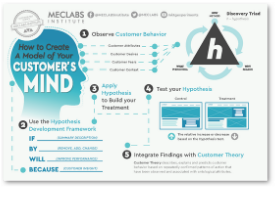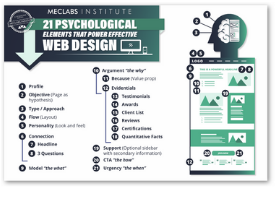More Efficient Marketing
“In a bad economy, the last thing you want to cut back on is marketing,” says Jeremy Farber, President and Founder, PC Recycler.
Farber’s team added between 20% and 30% to its marketing budget over the last year to avoid losing ground, and in hopes of gaining market share, he says. That created several new processes and a lot more work for the electronic waste management service’s marketing team.
Last fall, after the budget increase, the marketing team was distressed. It could not keep up with looming deadlines unless cuts were made or an additional person hired. Being based in the metro Washington D.C. area, Farber did not want to hire another marketing manager.
“A white collar job around here is expensive.”
Instead, the team tested using Lyris HQ, a search, email and analytics software package. The tool combined several of the team’s separate processes into one platform — saving a ton of time, Farber says.
“We’re getting more work done now with the same budget and the same people, which obviously is translating into better ROI.”
Farber estimates that using the tool is about 60% to 70% less than the cost of hiring another person. On top of that, the tool proved more effective than some of the separate systems that the team previously used. For example, the insights gleaned from Lyris’ Web analytics revealed ways to boost conversion rates from paid search marketing — the team’s number one lead generator.
So even though the Chinese word for crisis is not exactly “danger” and “opportunity,” a down economy is still not a good time to cut a marketing budget. Instead, it’s a time to look for greater efficiencies.








